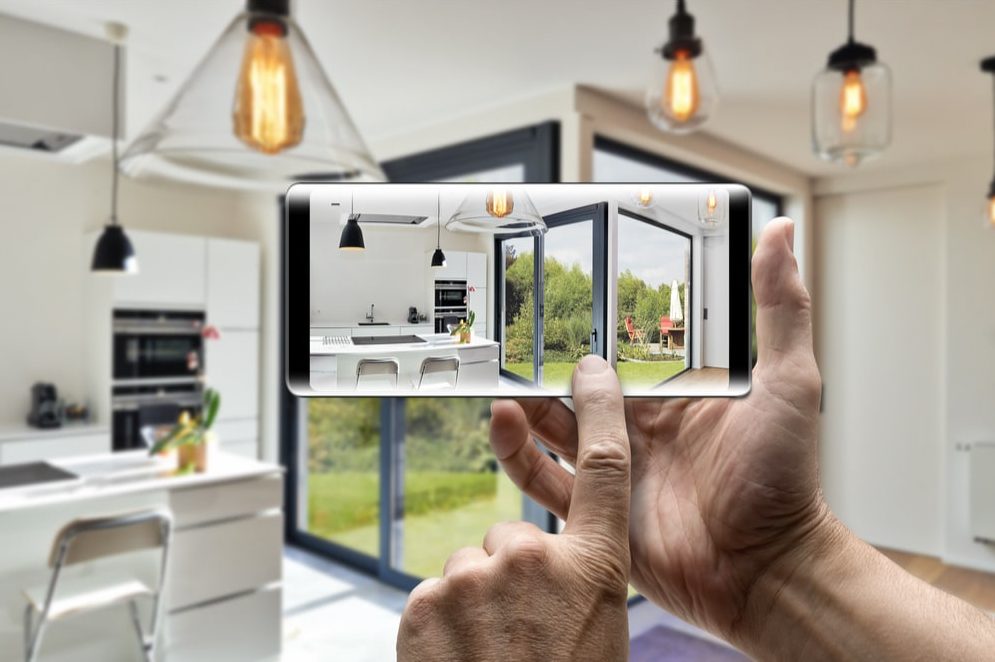Design-based thinking is solution-focused. Not that any of us are in the business of problem-focusing or orchestrating (or at least not intentionally). Yet, so few can truly articulate the rationality and advantages of the solution-focused, human-centric approach that design-based thinking induces.
As chapter two in a three-part series on design-based thinking, this piece follows on from my colleague Gabi’s examination into Natasha Jen’s illustrious question: Is design thinking bull***t? I don’t think so; hence this installment of our three-part series focusing on design thinking in action.
To illuminate how design-based thinking has been used to create and progress, I’ll focus on the real-world examples of how a human-centred, ethical and empathetic approach has delivered innovative, sustainable solutions. Picking up the puck from Gabi, or the feathered quill so to speak, this piece will showcase how listening to your learners makes a sustainable and advantageous difference.
Design thinking with Airbnb
Airbnb. I’m safely presuming that you’ve already heard of this online marketing space which lets you rent out a room or rent a room for a night or two. Although fervently successful now, the triumphant fate of Airbnb was not immediate or inevitable1. The company was on the verge of bankruptcy in 2009, cashing in a weekly revenue of only 200 dollars a week. The founders, friends and tech graduates from San Francisco, were prompted, mostly out of panic, to start questioning the slow uptake of users booking rooms on their website. Rather than focusing on issues with coding or commission, Paul Graham took to the company website to identify the current problem. It was obvious – after he assumed the mindset of his users when searching on the company website.
The photos were blurred and low quality as many property owners were using their smart phones. Therefore, customers couldn’t see what they were paying for. So, they weren’t paying at all. This is a clear-cut example of how empathising with users enables you to identify what is obstructing or de-motiving them. By defining the problem, you can then brainstorm how to resolve this issue in a creative and human-centered way.
In the case of Airbnb, they wanted a scalable, low-cost solution. Luckily, they had Joe Gebbia at hand. He was one of the founders, and had given up computing for a period to enrol in the Rhode Island School of Design. On identifying the problem, Joe and Paul envisioned a quick solution: go to the properties listed on their website and take pictures of them themselves. This way they could connect with their users, both the property owners and renters, to get a sense of what enticed them to rent out and book properties. Moreover, they could also take pictures of the properties themselves, ensuring they were clear and inviting. Plane ticket bought, they set off for New York with a camera. Within a few weeks, revenue leaped to 400 dollars a week. Continuing to grow, the company boosted a profit of $200 million in 2018.
Now, please don’t let my penchant for storytelling distract you. Of course, other factors were involved in the evolution and success of Airbnb. However, this example and execution of design-based thinking gives credit to the power of empathising with your users and designing creative yet simple solutions for them.

Design thinking with national parks
Turning back the clock, another example of effective design-based thinking can be found at Morristown National Park, the strategic military home of the American Revolutionary War. Surprised? Stepping out of the business and digital realm, this historical site can be used to demonstrate how design-based thinking has been applied to classroom learning experiences.
Sarah Minegar, the lead Archivist and Museum Educator, explained in a recent article for Design Thinking for Museums how their team has re-coordinated their approach to put teachers and the students first2. As a former teacher herself, she wanted to make sure student voices were included as part of the heritage learning experience: just as designers, following a design-based thinking approach, seek to make sure users’ voices are included in the design process. Usually, students are passive recipients of heritage learning; instead, Minegar spoke to various groups who came to the park and ask them what they liked about the experience, what they found overwhelming and what they would do differently.
Based on their feedback, they ‘realized that there were issues of learning intimidation, relevance, and trust’ that were obstructing audience participation. In response, the museum developed a more active, informal format that was co-run with teachers. Abandoning the traditional ‘classroom layout,’ chairs were arranged in a circle to keep energy, attention, and most importantly, provide an equitable space. Like Airbnb, their solution was almost painfully simple, but effective.
Students were more willing to speak up in historical discussions and found it easier to grasp key lessons regarding the primary materials. When teachers were included in coordinating the activities, ‘99% of them return(ed) with their students and participate(d)!’ This exponential boost in engagement levels attests to how design-based thinking is inclusive and conducive to positive learning experiences. It shows how the principles of empathy and innovation can be applied to so many user-experiences, whether its business or history, technology or face-to-face sessions.

The tentacles of design thinking
There are, of course, other examples I could explore. Take UberEATS for instance – they follow a human-centred approach when expanding their food-delivery service to new areas3. Rather than sitting in the offices, designers walk amongst the people and culture of the area, learning its logistical challenges and culinary demands. Or take Apple, or Nike, or the sanitation systems in Cambodia; the tentacles of design-based thinking can expand widely. They reach many spheres and create solutions that are about people, for people, by people allowing for crowd-sourced responses that target specific needs.
It is not a fad. Or a fantasy. Design-based thinking is a formidable approach to so many different problems4. And yet, there are so many instances in which it is eschewed. These examples, although great and diverse, are in the minority compared to the business, social and political problems perpetuated by weak audience engagement.

Conclusion
At Saffron, we pride ourselves in how we draw on external examples to act as an innovator and pioneer. We don’t work in a bubble but are observant and reflective; we see design-based thinking as a key to unlocking better relationships with learners and excelling in our ability to develop award-winning learning solutions. From Airbnb to Morristown park, there are lessons to be learnt here about how adopting the mindset of our users and enabling them to have a collective voice in the development process is imperative to great design.
We don’t want to blow our own trumpet, but many of our projects are great examples of design thinking in action. Get in touch and Rosie can show you how to solve problems with design thinking.
Sources
- Airbnb, a Design Thinking success story, BBVA
- Design thinking for equity in a national park: an interview with Sarah Minegar of the Morristown National Historical Park, Design Thinking for Musems
- How We Design on the UberEATS Team, Medium
- Design thinking in action … 35 great examples of companies using “design thinking” to drive innovation and growth, The Genius Works





